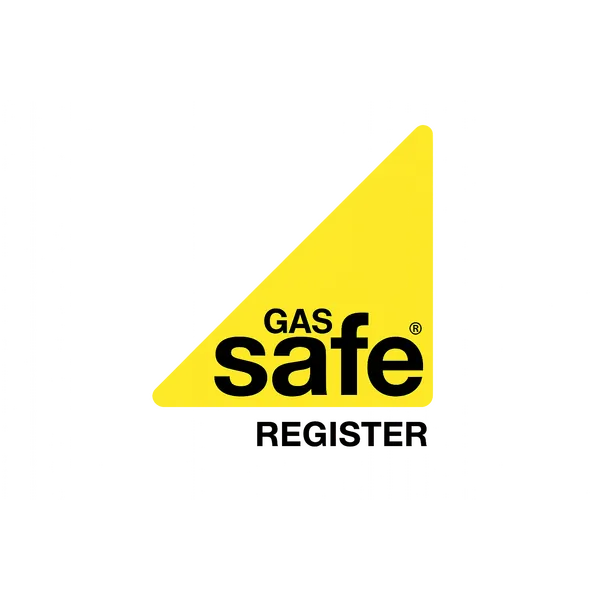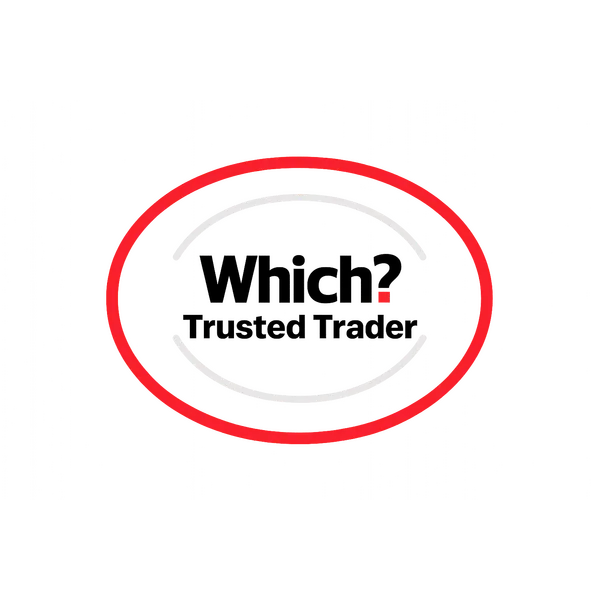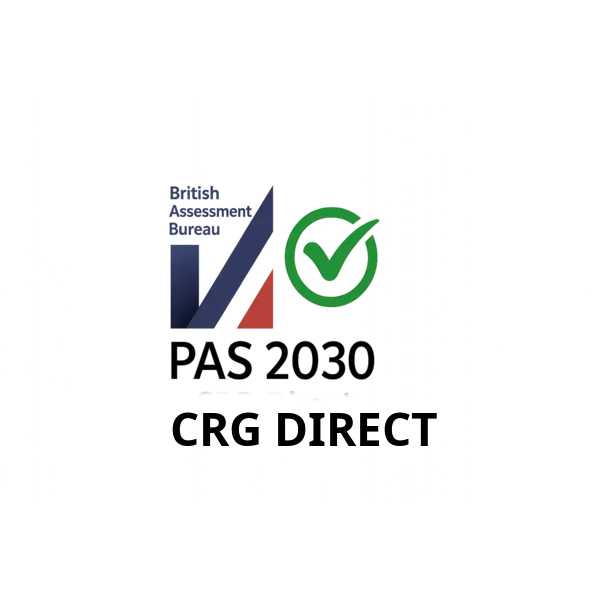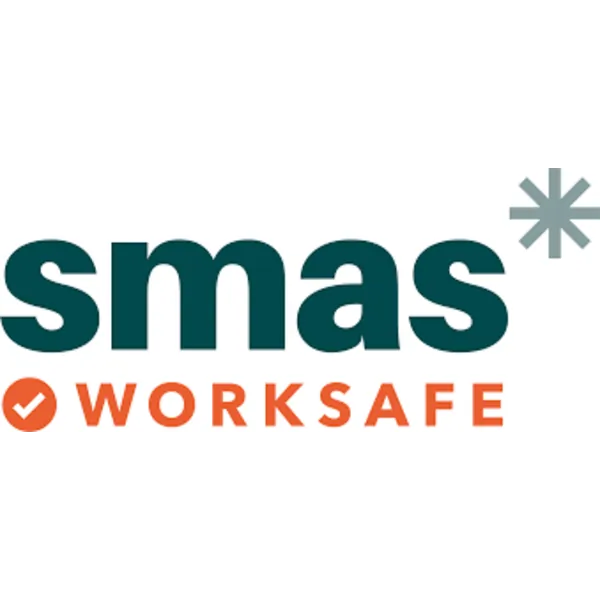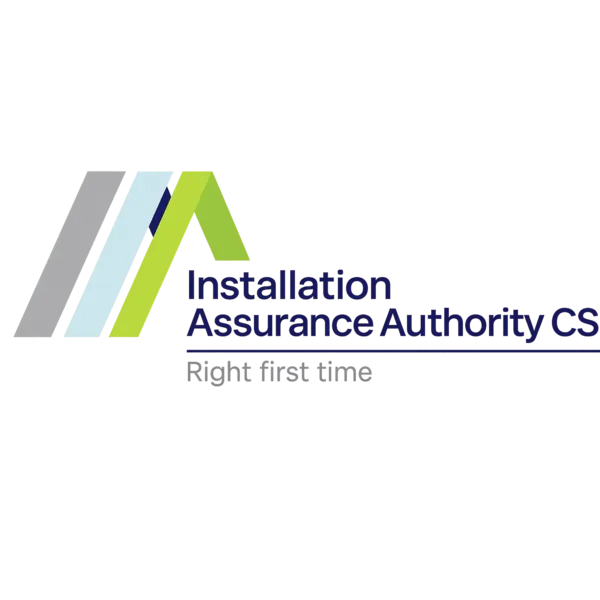Save $2,000+ Annually: Why A+++ Rated Split Air Conditioners and Heat Pumps Are the Smart Money Move in 2025
Your energy bills are about to get a massive upgrade. With A+++ rated split air conditioners and heat pumps now achieving unprecedented efficiency ratings up to 24 SEER2 and federal tax credits covering 30% of installation costs, homeowners are saving $2,000+ annually while enjoying year-round comfort. This isn't just about staying cool or warm—it's about revolutionizing your home's energy economics with technology that pays for itself in under 3 years.
The New Economics of Home Climate Control
The energy landscape has fundamentally shifted. Traditional HVAC systems that seemed economical five years ago are now costing homeowners thousands in unnecessary energy expenses. Meanwhile, A+++ rated systems are delivering savings that make them essentially free after a few years of operation.
Annual energy cost comparison between traditional HVAC and A+++ rated heat pump systems
The Real Numbers Behind the Savings
Annual Savings by Home Size:
- 1,000 sq ft home: $1,200-1,800 annually
- 1,500 sq ft home: $1,800-2,400 annually
- 2,000 sq ft home: $2,400-3,200 annually
- 2,500+ sq ft home: $3,200+ annually
Payback Period Analysis:
- Initial cost after tax credits: $8,000-15,000 (down from $12,000-22,000)
- Annual energy savings: $1,800-3,200
- Payback period: 2.5-4.5 years
- 25-year total savings: $45,000-80,000
These aren't theoretical numbers—they're based on real installations across different climate zones and utility rates.
Understanding A+++ Efficiency Ratings
The energy efficiency world has evolved rapidly, with new SEER2, HSPF2, and EER2 ratings providing more accurate real-world performance metrics.
What Makes A+++ Systems Different
Advanced Inverter Technology:
- Variable speed compressors adjust output to match exact heating/cooling needs
- DC inverter motors operate with 30-40% better efficiency than fixed-speed systems
- Smart sensors continuously optimize performance based on room conditions
- Quiet operation at just 28-34 decibels (quieter than a whisper)
Multi-Zone Capabilities:
- Independent room control eliminates heating/cooling unused spaces
- Zone-based optimization reduces energy waste by up to 40%
- Smart scheduling learns your patterns and adjusts automatically
- Remote management via smartphone apps enables real-time optimization
SEER2 Ratings That Matter
Energy Star Efficiency Standards:
- Minimum qualifying SEER2: 16+ for tax credits
- High-efficiency models: 19-24 SEER2
- Cold climate performance: HSPF2 ratings of 9.5-13
- Real-world testing: New standards reflect actual usage conditions
What This Means for Your Bills:
- 19 SEER2 system: 35% more efficient than minimum standards
- 22 SEER2 system: 50% more efficient than minimum standards
- 24 SEER2 system: 60% more efficient than minimum standards
The Federal Tax Credit Advantage
The Inflation Reduction Act has created unprecedented opportunities for homeowners to upgrade their climate systems affordably.
Breakdown of federal tax credits and additional incentives available for heat pump installations
2025 Tax Credit Details
Air Source Heat Pumps:
- 30% federal tax credit on total system cost
- Maximum credit: $2,000 per year
- Eligible systems: Energy Star Most Efficient models
- No income restrictions for homeowners
- Includes installation costs and necessary electrical upgrades
Additional Credits Available:
- Electrical panel upgrades: 30% up to $600
- Ductwork modifications: Included in total system cost
- Smart thermostats: 30% up to $150
- Weatherization: Additional credits for insulation and air sealing
State and Local Incentives
High-Value State Programs:
- California: Up to $3,000 additional rebates
- New York: $1,000-4,000 heat pump rebates
- Massachusetts: $1,200-10,000 depending on income
- Colorado: $2,500-8,000 for qualifying systems
Utility Company Rebates:
- Peak demand reduction: $500-2,000 rebates
- Load management programs: Monthly credits for smart control
- Time-of-use optimization: 20-40% lower electricity rates
- Green energy programs: Additional incentives for renewable integration
Real-World Performance: Customer Success Stories
Case Study 1: The Johnson Family - Minneapolis, MN
Home Details:
- 2,100 sq ft colonial home built in 1995
- Previous system: 15-year-old gas furnace + central AC
- New system: Mitsubishi Hyper-Heating 20 SEER2 multi-zone
Financial Results:
- Installation cost: $18,500 before incentives
- Federal tax credit: $2,000 (maximum annual limit)
- Utility rebate: $1,500
- Net cost: $15,000
- Annual energy savings: $2,400
- Payback period: 6.25 years
- 10-year total savings: $24,000
Comfort Improvements:
- Individual room control for four zones
- Eliminated hot/cold spots throughout the house
- Reduced noise from 60dB to 32dB operation
- Year-round operation effective to -13°F
Case Study 2: Maria's Townhouse - Phoenix, AZ
Home Details:
- 1,400 sq ft townhouse
- Previous system: 12-year-old central AC + electric resistance heat
- New system: Daikin Fit 21 SEER2 single-zone with backup
Financial Results:
- Installation cost: $12,000
- Federal tax credit: $2,000
- Arizona rebate: $1,000
- Utility incentive: $750
- Net cost: $8,250
- Annual energy savings: $2,100
- Payback period: 3.9 years
- 15-year savings: $31,500
Performance Results:
- 42% reduction in cooling costs
- 78% reduction in heating costs (eliminated resistance heat)
- Improved air quality with advanced filtration
- Smart controls reduced energy use by additional 15%
The Technology Behind the Savings
Modern A+++ systems incorporate multiple breakthrough technologies that deliver unprecedented efficiency.
Advanced heat pump technology components and their efficiency benefits
Inverter Technology Revolution
Variable Speed Operation:
- Traditional systems: On/off operation wastes energy during cycling
- Inverter systems: Continuously adjust output to match load precisely
- Result: 30-50% energy savings compared to fixed-speed systems
Enhanced Refrigerants:
- R-32 refrigerant: 68% lower global warming potential
- Improved efficiency: 10% better performance than R-410A
- Better heat transfer: Maintains efficiency in extreme temperatures
- Environmental benefit: Significantly reduced carbon footprint
Smart Integration Features
AI-Powered Optimization:
- Learning algorithms adapt to household patterns
- Weather prediction pre-adjusts system operation
- Occupancy sensing focuses conditioning on used areas
- Predictive maintenance alerts prevent efficiency degradation
Grid Integration Benefits:
- Demand response participation earns utility credits
- Time-of-use optimization shifts operation to low-cost periods
- Solar integration maximizes self-consumption of rooftop solar
- Battery storage coordination for complete energy independence
Installation and Maintenance: What You Need to Know
Professional Installation Requirements
Critical Installation Factors:
- Proper sizing using Manual J load calculations
- Refrigerant line sizing for optimal efficiency
- Electrical requirements may need panel upgrades
- Drainage systems prevent condensate issues
Warranty Considerations:
- Manufacturer warranties require professional installation
- 5-year parts warranty standard on premium systems
- 10-year compressor warranty available on high-end models
- Installation warranty from certified contractors
Maintenance for Maximum Efficiency
Monthly Tasks:
- Filter cleaning/replacement maintains airflow and efficiency
- Outdoor unit inspection ensures clear operation
- Thermostat programming optimizes schedules for usage patterns
- Energy monitoring tracks performance and identifies issues
Annual Professional Service:
- Refrigerant level check ensures optimal operation
- Electrical connection inspection prevents failures
- Cleaning of heat exchangers maintains efficiency
- Performance testing verifies rating compliance
Cost: $150-300 annually, saves $300-500 in prevented efficiency loss
Choosing the Right System for Your Home
Size Matters: Getting the Load Calculation Right
Oversizing Problems:
- Short cycling reduces efficiency and comfort
- Poor humidity control in cooling mode
- Higher equipment costs with no benefit
- Reduced equipment life from frequent starts
Undersizing Issues:
- Inability to maintain temperature during extreme weather
- Constant operation reduces efficiency
- Premature equipment failure from overwork
- Higher operating costs from inefficient operation
Professional Load Calculation:
- Manual J methodology considers all heat gain/loss factors
- Room-by-room analysis for multi-zone systems
- Climate zone considerations for regional performance
- Insulation assessment identifies improvement opportunities
Single-Zone vs. Multi-Zone Systems
Single-Zone Applications:
- Open floor plans with consistent usage
- Smaller homes under 1,500 sq ft
- Budget considerations with lower upfront costs
- Simple installation in homes with limited space
Multi-Zone Benefits:
- Individual room control maximizes comfort and efficiency
- Zoned scheduling operates only needed areas
- Retrofit capability for homes without ductwork
- Scalable installation can add zones over time
Cost Comparison:
- Single-zone 12,000 BTU: $3,000-6,000 installed
- Dual-zone 24,000 BTU: $6,000-10,000 installed
- Tri-zone 36,000 BTU: $8,000-12,000 installed
- Quad-zone 48,000 BTU: $10,000-15,000 installed
Cold Climate Performance Breakthroughs
Hyper-Heating Technology
Modern heat pumps now operate efficiently in temperatures previously requiring backup heating systems.
Cold Climate Capabilities:
- Operation to -13°F (-25°C) with full capacity
- Defrost optimization maintains efficiency during frost conditions
- Variable speed defrost minimizes energy loss
- Cold start protection ensures reliable operation
Performance at Temperature:
- 47°F: 100% of rated capacity
- 17°F: 70-80% of rated capacity
- 5°F: 60-70% of rated capacity
- -13°F: 50-60% of rated capacity
Backup Heat Integration:
- Dual fuel systems automatically switch to gas when cost-effective
- Electric backup provides emergency heating capability
- Smart controls optimize fuel source based on efficiency and cost
- Seamless operation maintains comfort during transitions
Environmental Impact and Sustainability
Carbon Footprint Reduction
Emissions Comparison (Annual CO2 for 2,000 sq ft home):
- Gas furnace + AC: 8,200 lbs CO2
- Electric resistance heat: 12,800 lbs CO2
- Heat pump (grid average): 4,600 lbs CO2
- Heat pump (renewable grid): 1,200 lbs CO2
- Heat pump + rooftop solar: 200 lbs CO2
Lifecycle Benefits:
- Refrigerant improvements reduce global warming potential
- Energy efficiency reduces power plant emissions
- Grid flexibility supports renewable energy integration
- Electrification enables clean energy transition
Supporting the Clean Energy Grid
Grid Services:
- Demand flexibility helps balance renewable energy
- Thermal storage in building mass provides virtual battery capacity
- Smart controls participate in grid stabilization
- Load shifting reduces peak demand and infrastructure needs
Making the Purchase Decision
Questions to Ask Contractors
System Design:
- Load calculation methodology used for sizing
- Equipment selection rationale for chosen models
- Zoning strategy for multi-zone systems
- Integration planning with existing systems
Installation Process:
- Timeline and scheduling for installation
- Electrical requirements and upgrade needs
- Permit requirements and approval process
- Cleanup and disposal of old equipment
Ongoing Support:
- Maintenance requirements and service agreements
- Warranty coverage for equipment and installation
- Performance monitoring and optimization services
- Technical support availability
Financing Options
Cash Purchase Benefits:
- Immediate tax credit application
- No interest costs reduce total expense
- Full ownership of all benefits
- Highest return on investment
Financing Alternatives:
- Manufacturer financing often 0% for qualified buyers
- Home improvement loans for larger projects
- Home equity loans may offer tax advantages
- Utility financing programs with favorable terms
Future-Proofing Your Investment
Technology Evolution
Upcoming Improvements:
- Heat pump water heater integration for comprehensive efficiency
- Electric vehicle charging coordination
- Battery storage integration for energy independence
- Smart grid participation for revenue generation
Regulatory Trends:
- Building codes increasingly require heat pumps
- Gas appliance bans in new construction
- Efficiency standards continue to increase
- Incentive programs support accelerated adoption
Property Value Impact
Real Estate Benefits:
- Energy efficiency ratings improve marketability
- Lower operating costs attractive to buyers
- Modern technology appeals to tech-savvy purchasers
- Environmental features support sustainability goals
Market Data:
- Energy-efficient homes sell for 3-7% premium
- Heat pump installations recover 80-100% of cost at sale
- Utility cost transparency influences buyer decisions
- Green certifications add value and marketability
Conclusion: The Smart Money Move
A+++ rated split air conditioners and heat pumps represent more than just an equipment upgrade—they're a strategic investment in your home's future. With 30% federal tax credits, state and utility incentives, and annual savings of $2,000+, these systems pay for themselves while delivering superior comfort and environmental benefits.
The technology has matured to the point where heat pumps work reliably in all climates, smart controls optimize performance automatically, and integration with renewable energy systems creates pathways to energy independence. The financial case is compelling: after incentives, most homeowners recover their investment in 3-5 years and save $50,000+ over the system's lifetime.
The window of maximum incentives won't remain open forever. Federal tax credits step down after 2032, and utility rebate programs have limited funding. Early adopters capture the full value of these programs while positioning themselves ahead of regulatory changes that will eventually require these efficiency levels.
Most importantly, these systems deliver immediate quality of life improvements: quieter operation, better humidity control, cleaner air, and precise comfort control that traditional systems simply cannot match. Combined with the financial benefits and environmental advantages, A+++ rated heat pumps and split systems represent the smartest money move homeowners can make in 2025.
Ready to start saving $2,000+ annually on your energy bills? Contact us to discover how A+++ rated heat pumps and split systems can transform your home's energy efficiency today.







